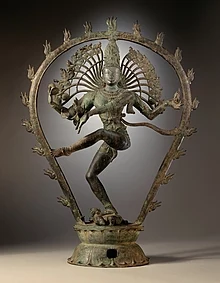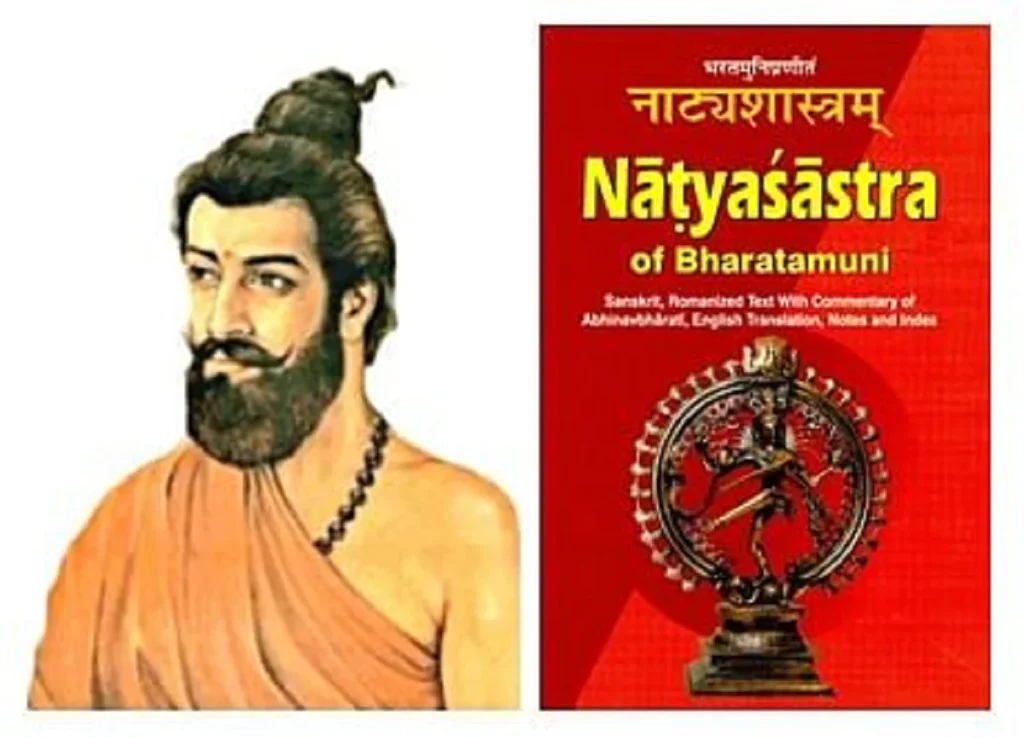Natya Shastra- The Encyclopedia of Dance


Maya Angelou, an American poet, once said, “Everything in the Universe has rhythm. Everything dances.” Dance, an art form that is characterized by a repertoire of movements, is present in every human being’s life. Even a simple movement of tapping one’s foot can be categorized as dance, consisting of beats and rhythm. This performing art exists in different parts of the world, known by different names depending on the style and choreography they use.
Introduction to the author- Bharata Muni

India is well-known for its rich cultural heritage, which is a compilation of various writings, paintings, dance forms, music, theatre, rituals, and languages. Indian Classical dance, or Bharatanatyam in particular, is a major dance form that originated in the southern state of Tamil Nadu and eventually spread throughout India.
The name ‘Bharatanatyam’ originates from the sage Bharata Muni. He is the Father of this art form (and other Indian theatrical art forms). Lord Brahma created the fifth Veda called Natya Veda to end the dispute between the Asuras and the Devas, after which he summoned sage Bharata to practice the Veda. He wrote the Sanskrit treatise Natya Shastra between 500 BCE and 500 CE. This text is one of the original sources of Bharatanatyam. Specifically, it consists of a detailed write-up of Natya Veda, the rules to follow, and other aspects of performance.
Etymology
Natyashastra combines two Sanskrit words- Natya and Shastra, which means ‘the technique of dance and drama’ and ‘science’, respectively. The text is a Magnum Opus that lays the foundation for life’s activities. This includes fine arts, knowledge, emotions, and day-to-day acts of humans. It dates back to 2500 years and is the earliest literature on dance and drama with music as an aid.
Structure and Content
This work of art has 36 chapters and comprises 6000 verses. The verses are in the Anustubh meter, i.e., 32 syllables in every shloka, while others are in the Arya meter. The text begins with the history and origin of theatre and describes the roles of the various Hindu deities in arts. It further progresses into concepts of Tandava (Shiva’s dance), rasa (essence), and bhava (emotion/mood). In addition, topics include techniques of acting and expressing gestures and postures.
One of the significant theories is the ‘Rasa’ theory. This theory states that performance aims to create an aesthetic experience and evoke bliss in the audience. However, the primary goal is to give the spectators a sense of one’s own consciousness or spiritual being. Chapters 6 and 7 analyze this aspect. Chapters 8 to 13 mention the craft of acting. For example, it includes descriptions of stage accessories, movements of actors and actresses, stage zones, and customs.
Chapters 14 to 20 include sections about the arts’ structure and plot. Information about poetry, poetic devices, and language of expression is provided too. As we move further, topics like speech mastery and dialogue delivery are important (Chapter 18). Chapter 24 emphasizes women and talks about female theatre and their training. Chapters 28 to 34 are completely dedicated to music, theories, techniques, and types of musical instruments. The last few chapters highlight the significance of performing arts to our culture and heritage.
Elements of Dance
Natyashastra follows an analytical method that helps us understand the different types of limb movements present in dance and their purpose, teaching us their application for performance. Chapter IV of Natyashastra, known as the ‘Tandavalakshanam’, deals with movements called ‘Karanas’ and longer sequences called ‘Angaharas’. Bharata mentions the rules of ‘Angika Abhinaya in Chapters VIII, IX, and X. The other types of Abhinaya, namely Vachika (speech), Aaharya (Costumes and Jewelry), and Sattvika (true expression), follow, Besides these, the text discusses hastas (hand gestures), Bhedas (movements), and Viniyogas (usage).
What are ‘Rasa’ and ‘Sthayibhava’ dance?

As mentioned earlier, Chapters VI and VII of Natyashastra elaborate on ‘Rasa’ and ‘Sthayibhava.’ Bharata defines Rasa as what is aesthetically relished. This is similar to the flavor of a dish that includes all necessary ingredients in the proper proportion of different spices (Vyanjana), leafy vegetables (Aushadhi), and articles of food ( Dravya) together to produce a flavor and a taste.
Similarly, when different emotional states come together in the arts, the aesthetic flavor is made, relished, or experienced (Rasanubhuti) by the viewer. Bharata observes eight Rasas, namely, Srinagar(Erotic), Hasya (comic), Karuna (pathetic), Raudra(Furious), Veera(Heroic), Bhayanaka (Horrifying), Vibhatsya(Disgusting), and Adbhuta(Wondrous). These 8 Rasas are neither quantitative nor qualitative but suggest that they are the various colorings of one’s experiences.